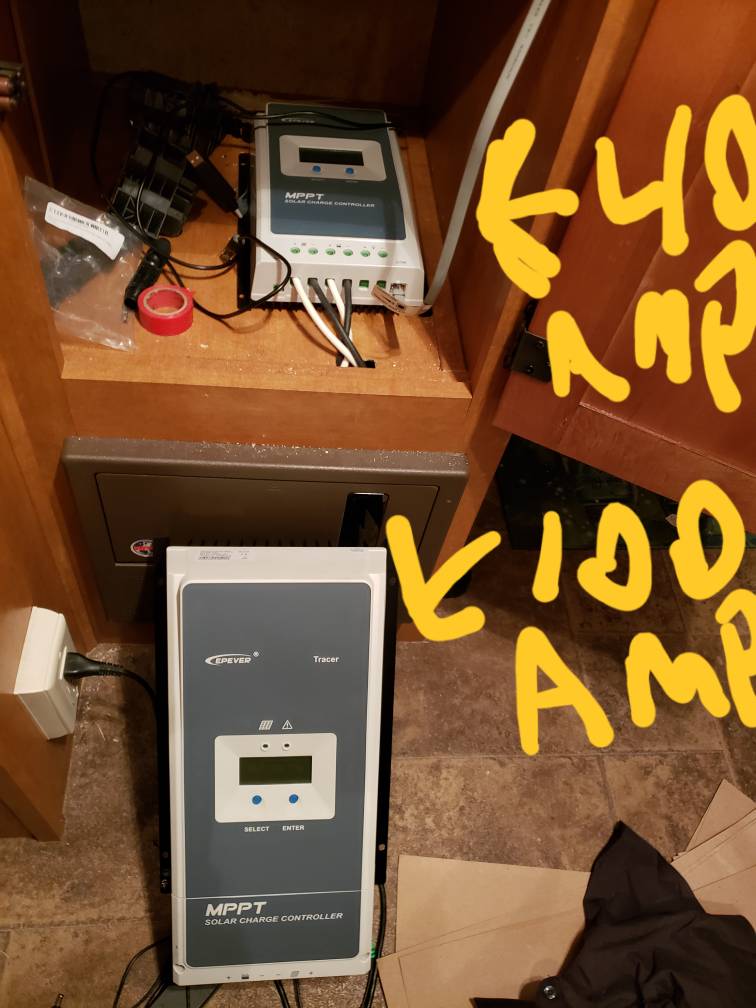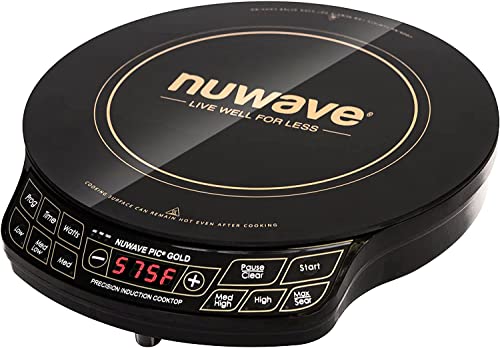Well now my noodles is baking. I found this on the Renogy site. Never thought much about boost current
copy/paste.
*Firstly we can see, as we did before, that his controller can handle 12V or 24V battery banks.
Second, we will be looking at the Rov-40, which is rated for 40 amps of current.
Thirdly we can look at the Max Solar Input Voltage, in this case 100 Volts. This particular MPPT Controller can accept 100 Volts input. It will then take this (up to) 100 Volts and step it down to your 12V or 24V battery.
Let’s take an example of a 400W system in series. You have 4 x 100 Watt panels, each with an open-circuit voltage of 22.5V. Those 4 in series will be 4 x 22.5 V = 90 Volts, which the controller can accept. Now if we ignored boost current, we would see that string only has 5.29 amps, so then if the controller is 40 amps, couldn’t we have (40/5.29 = 7.5) 7 strings, bringing us 2800 Watts? Why does the spec sheet say 520 W maximum? To answer this, we need the boost current.
Boost current can be calculated by taking the system array wattage divided by the battery bank voltage. In the case of 2800 Watts we have 2800 Watts / 12 V = 233 Amps, which would destroy the controller. Realistically we find that 520 Watts / 12V = 43 Amps. We can ignore this result as 12V is a voltage you will probably never see. More accurately you would divide by boost voltage which is more common (you will learn about this in next section), so 520 Watts/14.4V = 36 Amps. We can now see why the boost current is an important part of sizing the controller. *
Here's the link. *
https://www.renogy.com/learn-charge-controller-types/ *












































































